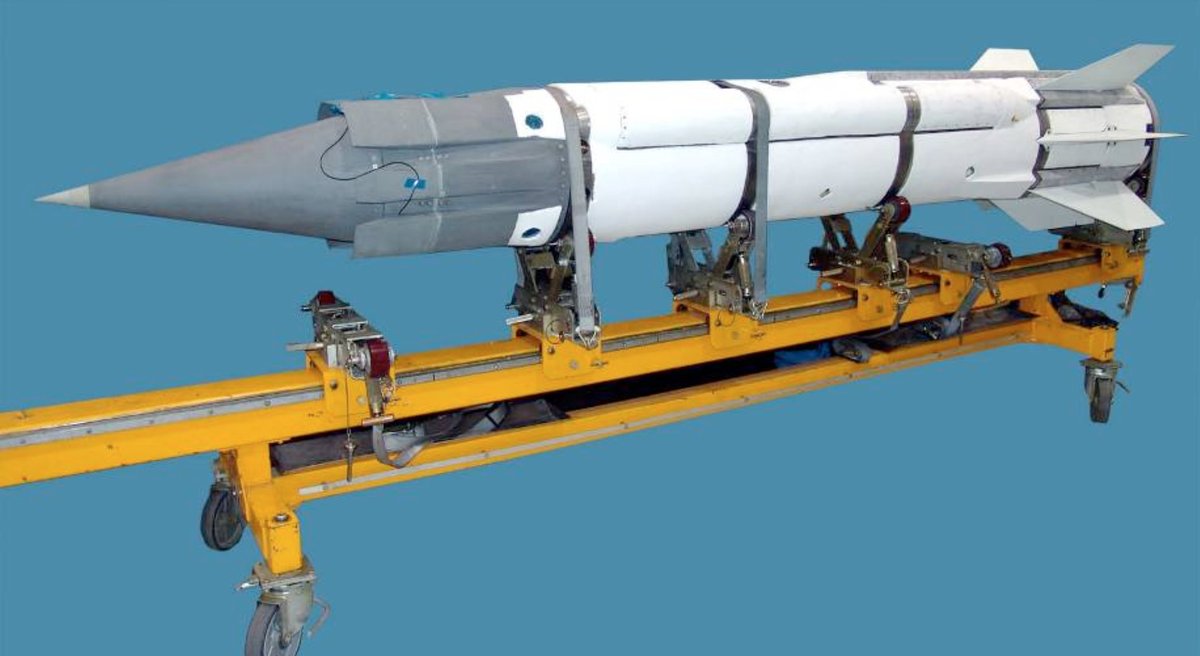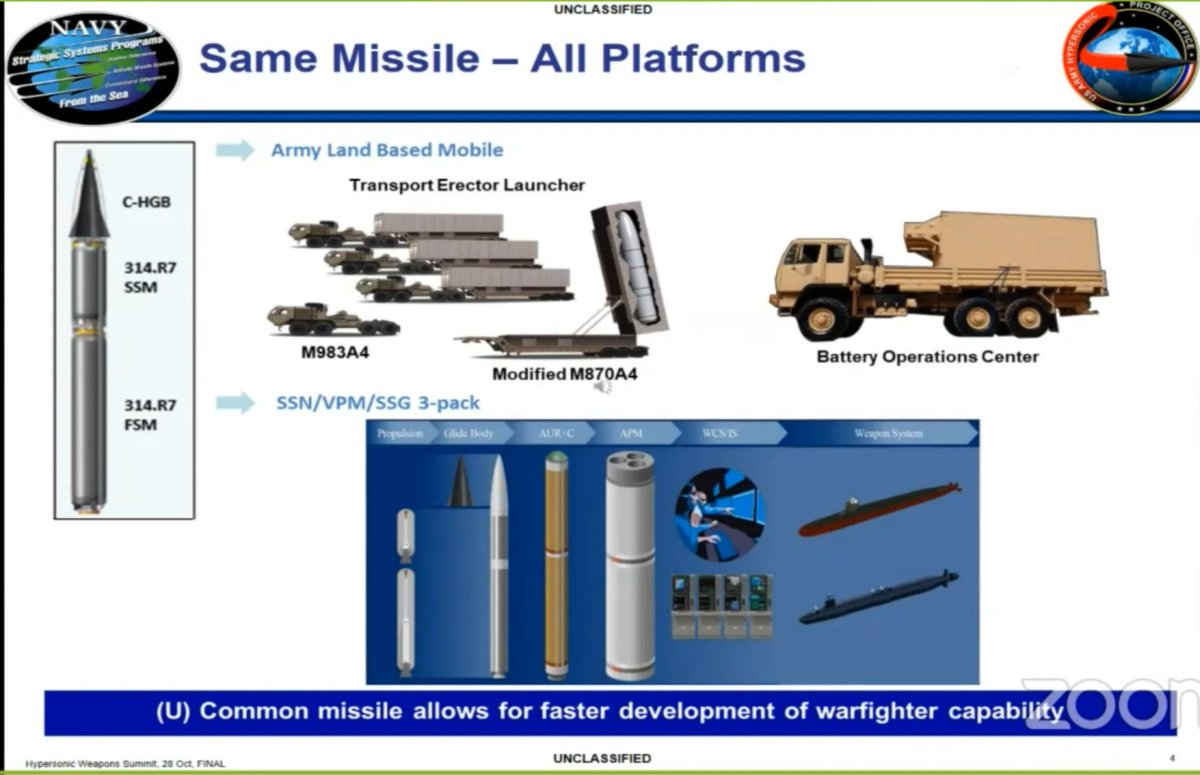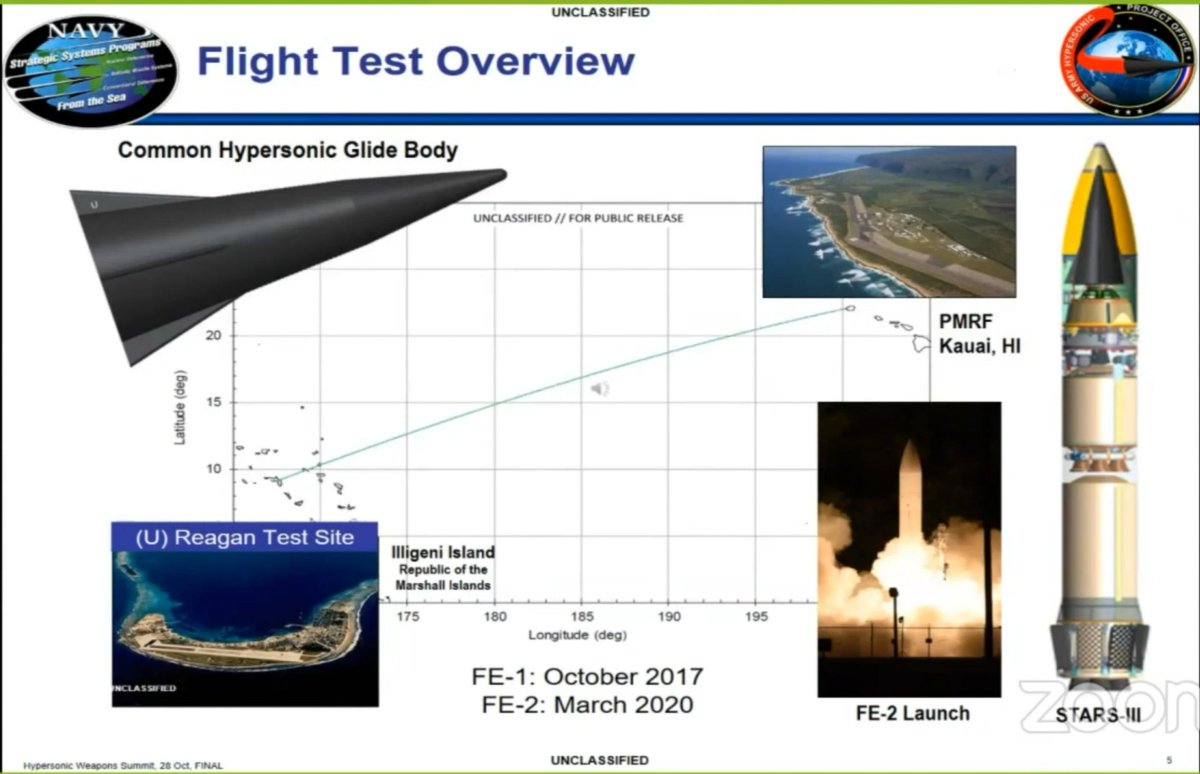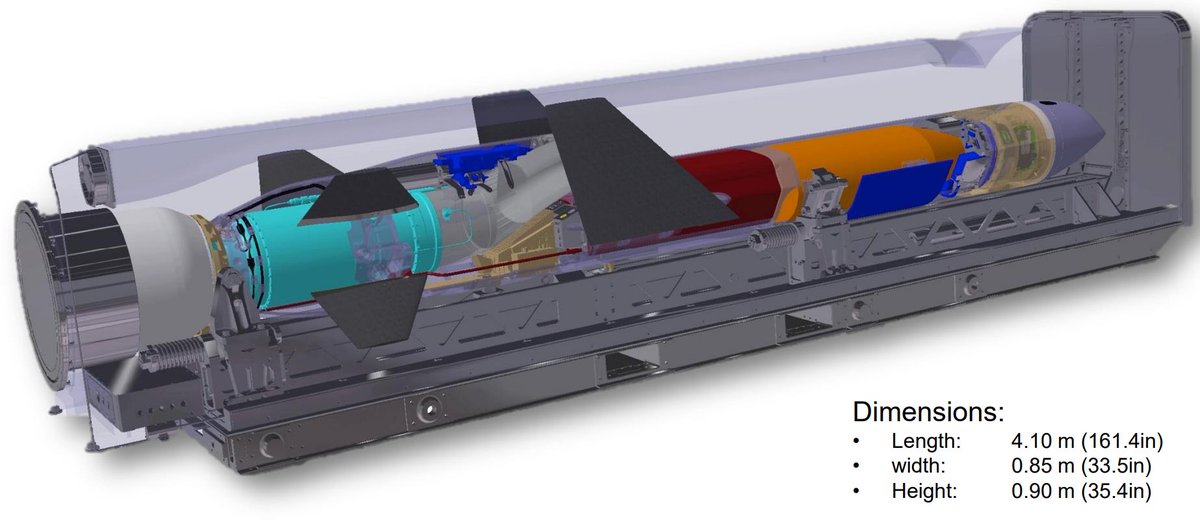
Intercept photos of South Korea's Haegung shipborne air defense missile. One of the few non-US systems to incorporate both a radar and IR seeker.
PC: ROK ADD


PC: ROK ADD



South Korea's Agency for Defense Development publishes quite detailed photos, video, and diagrams of their surface-to-air systems in particular. (Pictured: M-SAM-I and M-SAM-II) 



ADD's brochure on L-SAM, their upper-tier missile defense system, includes these schematics of its exoatmospheric and endoatmospheric interceptors. 



Also depicted in detail: the L-SAM's kill vehicle, MWIR IR seeker, and shroud separation mechanism. Also an interesting photo of a part in an anechoic chamber. 







They don't use a notional landmass for this diagram. The capability is clearly directed at North Korea. Map locations approximate prior launch points? 

A digram of the envisioned L-SAM kill chain. Info from long-range radar and Green Pine radars are fused to KICC and KTMO-Cell, and sent via Link-16 to the L-SAM battery operations center. The L-SAM command could share information with M-SAM and Patriot battery operations centers. 

Older footage of M-SAM II intercept.
• • •
Missing some Tweet in this thread? You can try to
force a refresh



































